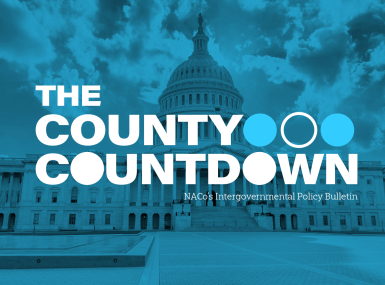Prep for disaster with StormReady
Upcoming Events
Related News
Key Takeaways
When Hurricane Florence reached the southeast U.S. coast last month, community preparedness arguably offered one of the best lines of defense against the hurricane’s impacts.
Learn More
The National Weather Service (NWS) recognizes the importance of disaster preparedness and through its StormReady community preparedness program, equips local jurisdictions with the safety and communication strategies needed to prepare for, protect against and respond to extreme weather events.
Developed in the late 1990s, the StormReady program seeks to recognize the work emergency managers have done to prepare their local jurisdictions for severe weather.
The NWS site lists requirements for an official StormReady designation which includes:
- Establishing a 24-hour warning point and emergency operations center
- Establishing several methods of communicating severe weather warnings and forecasts to the public
- Creating a system that monitors local weather conditions
- Promoting the importance of public readiness through community seminars
- Developing a formal hazardous weather plan, which includes training severe weather spotters and holding emergency exercises.
Prior to receiving a StormReady designation, communities are provided with guidelines on how to enhance disaster preparedness. StormReady designations can help communities obtain funding for various preparedness activities and foster better citizen engagement in disaster preparedness through public education. As of September 2018, there were 1295 counties and parishes with StormReady designations.
The goals of the NWS StormReady program align well with NACo’s Strengthening Coastal Counties Resilience Program, a technical assistance and training program focusing on strengthening coastal counties’ resilience.
Both programs seek to help participants better prepare for extreme weather events and climate-related hazards through planning, education and awareness.

Attachments
Related News

States file lawsuit challenging FEMA’s new rules on emergency management grants
On November 4, a coalition of 12 states filed a lawsuit against the U.S. Department of Homeland Security (DHS) and the Federal Emergency Management Agency (FEMA), alleging that recent changes to key emergency management grants are unlawful and could disrupt state and local preparedness efforts.

County Countdown – Nov. 4, 2025
Every other week, NACo's County Countdown reviews top federal policy advocacy items with an eye towards counties and the intergovernmental partnership.
FEMA bill staffers offer insights into reform effort
NACo Intergovernmental Disaster Reform Task Force heard from staffers who helped shape a bill that would make dramatic changes to the Federal Emergency Management Agency.